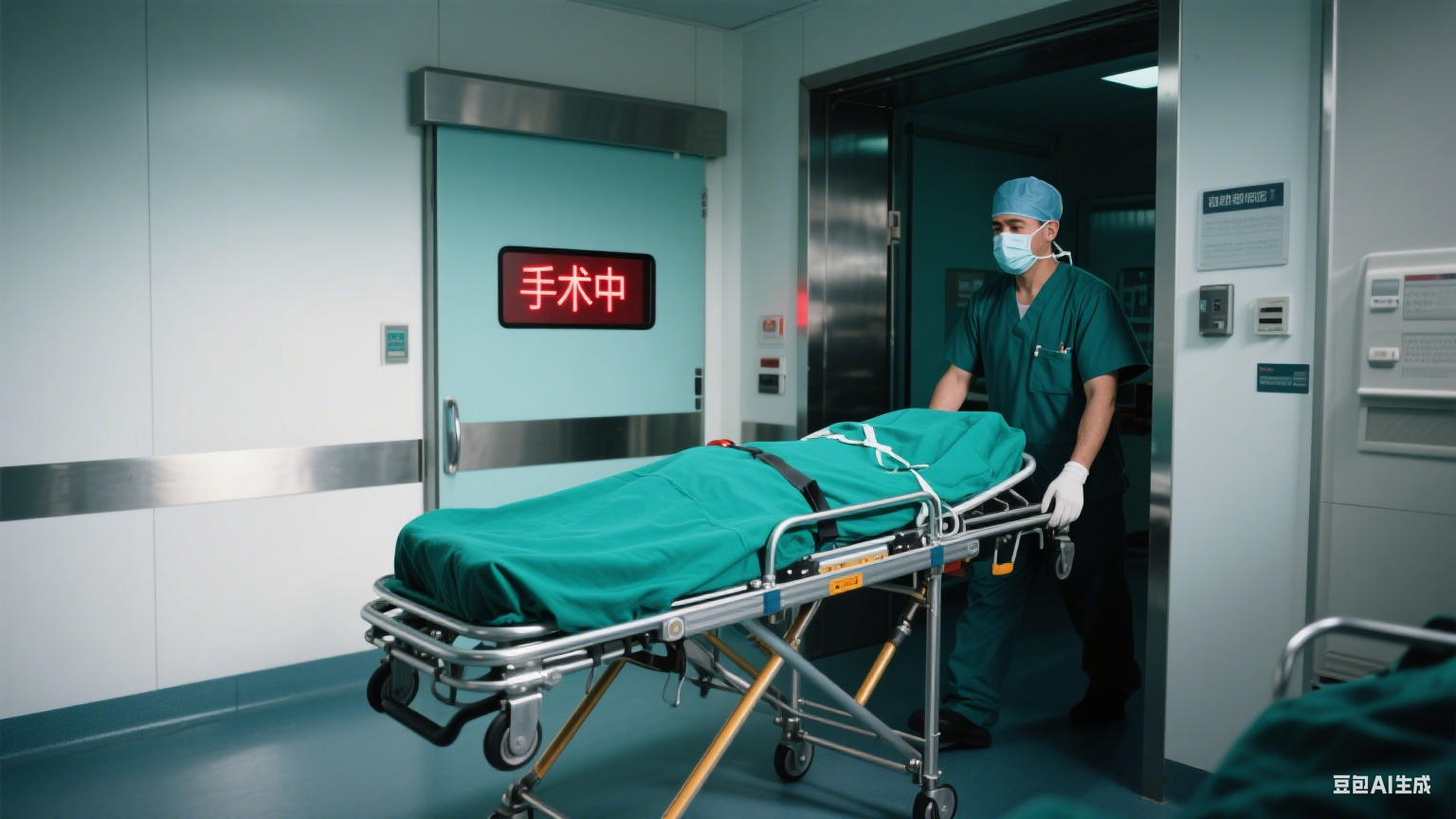In high-pressure emergency room environments, trauma stretchers serve as critical medical infrastructure for patient transport and immediate care. For OEM manufacturers seeking reliable production partners, prioritizing durability in stretcher design and manufacturing directly impacts clinical efficiency, patient safety, and long-term cost-effectiveness. This article examines key durability factors in trauma stretcher production and highlights how specialized OEM factories meet these demands through advanced engineering and material innovation.
Core Durability Requirements for ER Trauma Stretchers
Emergency room stretchers must withstand frequent usage, heavy loads, and exposure to harsh environmental conditions. Industry standards require:
-
Minimum static load capacity of 450 kg (992 lbs) with safety margins exceeding 150% of rated capacity -
Resistance to repeated disinfection protocols involving chemical agents (e.g., 0.5% sodium hypochlorite) -
Operational lifespan exceeding 10 years under 50+ daily patient transfers -
Impact resistance during rapid transport scenarios (e.g., 20 km/h collision simulations)
Material Science in Stretcher Construction
Leading OEM factories implement multi-material frameworks to optimize strength-to-weight ratios:
-
Aluminum Alloy 6061-T6: Primary frame construction using aircraft-grade aluminum with 290 MPa tensile strength and inherent corrosion resistance -
Powder-Coated Steel Components: Critical load-bearing sections utilize 1045 steel with electrostatic powder coating achieving 1000+ hours salt spray resistance -
Composite Polymer Decking: 20% glass-filled polypropylene panels with 15-year UV degradation resistance and 1.5x impact absorption vs. traditional ABS
Advanced manufacturing techniques include:
-
CNC-machined aluminum joints with ±0.02mm tolerance -
Robotic MIG welding achieving 98% weld penetration consistency -
3-axis vibration testing simulating 50,000km transportation cycles
Design Features Enhancing Longevity
-
Modular Component Architecture: Quick-replacement systems reduce downtime by 70% through standardized connectors and tool-free assembly. OEM partners benefit from simplified inventory management and field service protocols. -
Multi-Stage Lubrication Systems: Self-lubricating polymer bearings in pivot points combined with centralized grease distribution channels extend maintenance intervals to 500+ operational hours. -
Chemical-Resistant Surface Treatments: Electrophoretic deposition (EPD) coatings on metal surfaces demonstrate 98% resistance to common hospital disinfectants after 10,000 exposure cycles. 
OEM Manufacturing Capabilities
Specialized factories serving the ER equipment market maintain:
-
ISO 13485-certified quality management systems with 0.12% defect rates -
Class 8 cleanroom assembly lines for precision component integration -
300-ton hydraulic press capacity for complex frame forming -
24/7 automated inspection systems using AI-powered visual defect detection
Customization options include:
-
Load capacity scaling from 300 kg to 680 kg through variable wall thickness tubing -
Integrated power systems for electric height adjustment (110V/220V compatibility) -
RFID tracking module integration for hospital asset management
Durability Validation Process
Every stretcher batch undergoes rigorous testing:
-
Fatigue Testing: 200,000 cycle endurance tests on elevation mechanisms using servo-hydraulic actuators -
Corrosion Chamber Exposure: 1500-hour salt fog testing exceeding ASTM B368 standards -
Dynamic Load Simulation: 12-axis motion platforms replicating ambulance transport conditions -
Chemical Exposure Panels: 30-day immersion testing with 15+ common disinfectants
Third-party certifications from TÜV SÜD and NSF International validate compliance with EN 1865+ and ANSI/ISEA 125-2014 standards.
Why Partner with Specialized OEM Manufacturers?
-
Technical Expertise: Engineering teams with 15+ years average experience in medical device production -
Scalable Production: Capacity for 500-5000 unit monthly output with 99.3% on-time delivery rates -
Regulatory Compliance: Full documentation support for FDA 510(k) submissions and CE marking -
Cost Optimization: Proprietary material sourcing networks reducing raw material costs by 22%
For OEM brands seeking durable trauma stretcher solutions, partnering with specialized manufacturers ensures consistent product reliability while maintaining regulatory compliance and production scalability. By integrating advanced materials, precision manufacturing, and comprehensive testing protocols, these factories deliver medical equipment capable of meeting the most demanding clinical environments.
References:
-
Journal of Emergency Medical Services (JEMS) – Equipment Durability Standards -
ASTM F1574-21 Standard for Stretchers -
Medical Device Material Compatibility Testing Guidelines -
ISO 13485 Implementation Case Studies -
Advanced Polymer Applications in Medical Equipment Manufacturing”